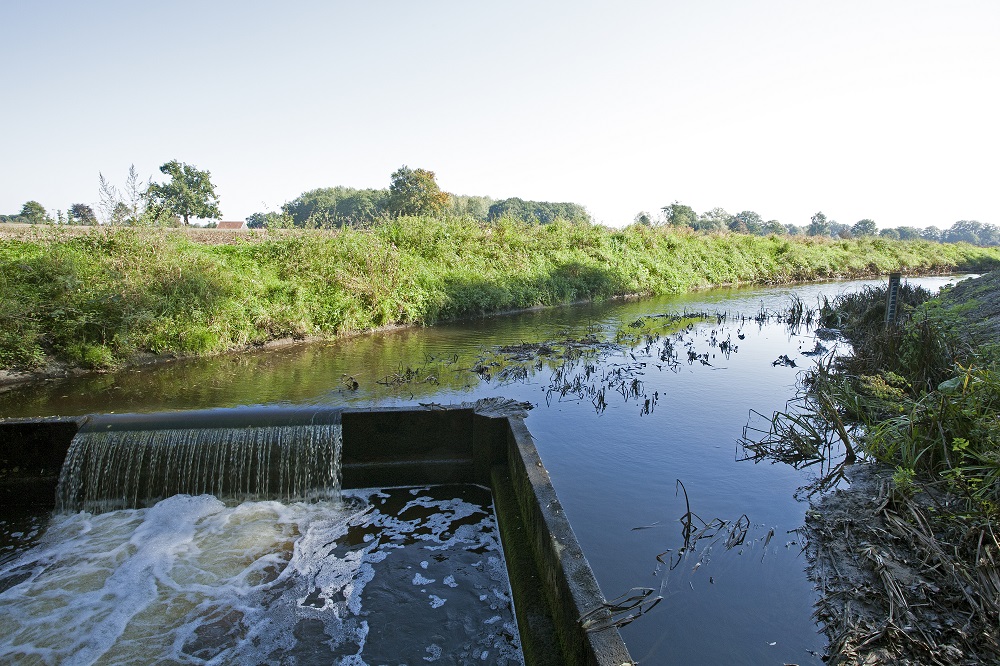Introduction
Boven Slinge is a small brook in the eastern part of the Netherlands that flows through an agricultural landscape and forestry areas. The brook was managed using technology, and was equipped with two weirs to control water levels. This resulted in poor-quality river banks, completely altered flow conditions (often with no flow in summer), insufficient water quality and no migration options for water fauna.
To tackle these problems, the water authority, the Gelderland regional authority and the private landowner, decided to reconstruct the waterway to recreate a more dynamic brook system. Two small weirs were removed, the river banks were redeveloped, old brook meanders were reconnected, and new forest was planted. To prevent excessive erosion of brook soil, gravel and pebble riffles were introduced.




